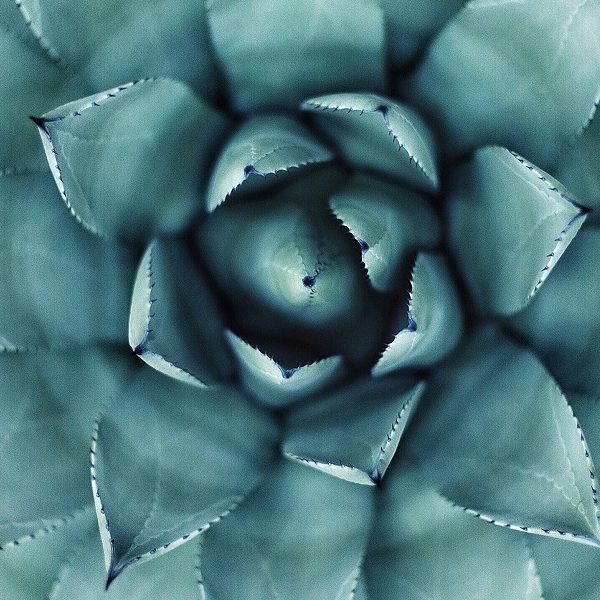Digging Up the Past with Chávez
This past month, on July 16, in the middle of the night, Venezuelan President, Hugo Chávez, along with aides, soldiers, a television crew, and forensics experts gathered to exhume Simón Bolívar. Simón Bolívar helped free six countries from the Spanish Empire, rendering him the hero of most of Latin America.
Chávez has explained that Venezuela intends to perform tests to determine whether Bolívar died not from tuberculosis but in fact from arsenic poisoning, a hypothesis which is tied to a broader conspiracy scheme which also implicates Andrew Jackson and the King of Spain. Though the scientist who initially suggested a reexamination of Bolívar’s cause of death points to possibly contaminated water or medicine which contained arsenic, Chávez and the commission investigating this three-year study have seized upon murder as the origin of the potential arsenic poisoning.
The history behind Bolívar’s death, as is described in John Lynch’s biography Simón Bolívar: A Life, is that he died at the country house of Joaquin Mier three miles from St. Marta in Colombia, with a funeral held on December 20, 1830. Lynch strongly disagreed with the new assessments of arsenic poisoning, saying to NPR that “Historically, [Chávez has] got it all wrong…In spite of the disagreements, my own view remains that of the tradition that he died of tuberculosis.”
Why this interest in Bolívar? As Lynch explains in the final chapter of the biography, a cult has developed surrounding Bolívar, molding him into sometimes propagandistic fiction. Bolívar was first exhumed much earlier, in November 1842 to Caracas, his hometown in Venezuela. Since this move from Colombia to Venezuela, the term Bolívarian, which referred to his close advisors, became a title for the many who promoted an idealized vision of Bolívar.
Lynch also begins to address Chávez’s efforts to continue to connect Bolívar and Venezuela, the latter which Lynch notes Chávez renamed the Bolivarian Republic of Venezuela. The political message of this exhumation clearly goes beyond scientific research and continues these goals of Chávez. Once Bolívar’s remains have been tested they will be moved to a new pantheon, replete with golden urn for his bones. With this new exhumation, many are examining the actions of Chávez and how they fit in with what we know about Bolívar. Chávez has worked hard for a long time to be seen as an heir to Bolívar. This connection that Chávez has developed is refuted by a number of people, including Thor Halvorssen, a descendant of Bolívar’s youngest sister. Halvorssen argues that Chávez’s socialist leanings stray far from the Enlightenment ideals of Simón Bolívar, who Halvorssen sees as Chávez’s chief competition.
To better understand the history behind this complex issue, John Lynch’s biography Simón Bolívar: A Life is a close and deeply researched look at the life and work of Bolívar.




This is a very nice blog,I have seen this variety of post after a elongated moment. I value your endeavor for compiling such post.